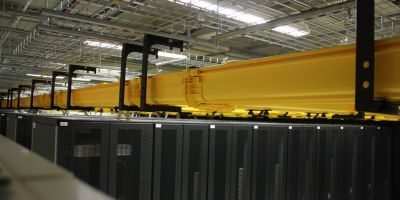Technology
TETRA
TETRA, or "TErrestrial Trunked RAdio", is a standard for digital voice and data communications that was developed in Europe and designed to meet the needs of a range of professionals, in particular those working in the emergency and security services.

ASTRID systems are based on this TETRA standard and function on the 380-400Mhz frequency band, which is reserved exclusively for the use of emergency and security services in Europe. The development of the TETRA standard by the ETSI was supported by the European Commission and also an association of providers, operators and users (TCCA), which included a large number of emergency and security services.
The main advantages
- TETRA enables the user to establish a link in less than half a second. Group calls are also essential to the emergency services.
- TETRA makes it possible to authenticate users and encrypt voice and data communications, which ensures the ASTRID network provides the confidentiality and security that its users expect.

- TETRA offers consistent voice communication quality. It defines an interface for the connection of peripheral accessories such as computers and automatic vehicle location systems.
- TETRA is an open standard and this means that several manufacturers provide TETRA equipment. As a result, ASTRID offers a multi-brand range of terminal equipment.
- TETRA guarantees system interoperability, which means international cross-border communications (roaming). In practical terms, this ensures that a radio intended for emergency services in one country can work on a TETRA network in another country without the need to undergo any modifications.